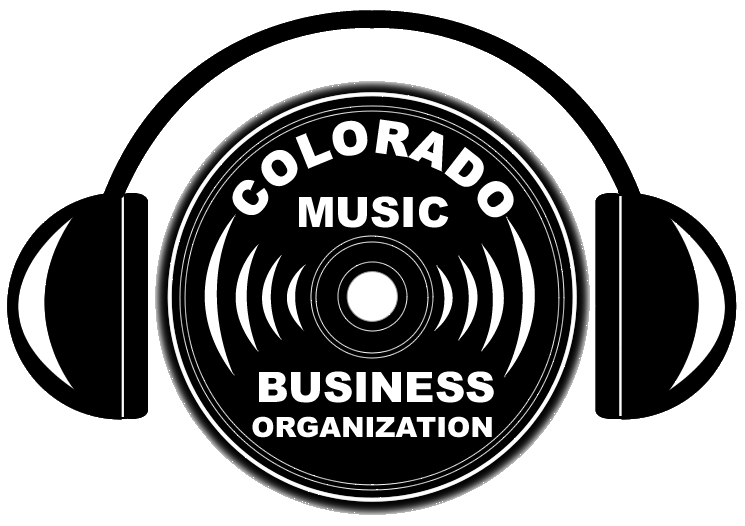By Jason Dookeran, How to Geek | My mom has been collecting vinyl records since 1978. She collected a massive music collection over that time, so back in 2013, she asked me to digitize her music. Here’s how I took vinyl and turned it into MP3s and how much easier it will be to do so in 2024.
The Problem: Analog to Digital Audio for Preservation
When my mom asked me to convert her music collection, I told her I’d do it, thinking, “How hard could it be?” My mom’s vinyl collection spans decades of music, and knowing that those vinyl albums could be damaged so easily, preserving that music made sense to me. Unfortunately, I wasn’t 100% sure what putting analog music in digital form would entail.
Vinyl records produce sound by passing a hollow needle along grooves in the hardware. Those grooves are waves the needle picks up and eventually outputs to a speaker. MP3s, on the other hand, use a codec (coder-decoder) to recreate music stored in the data file.
When you move from an analog format like vinyl to a digital format like MP3s, there will always be some data loss. Much like converting cassette tapes to digital formats, vinyl to MP3 doesn’t store all the data. This comes from how data moves from waves to digital heights and troughs. MP3s with higher bitrates retain more analog data than those with lower bitrates. So, how do we even get the vinyl data onto a PC?
Let’s look at what I did.
> > > > > > > > >
Read more on how to convert Analog to Digital here:
https://www.msn.com/en-us/news/technology/how-i-converted-my-mom-s-vinyl-collection-to-mp3/
Photo: Golden record with Johnny B. Goode on it on the Voyageur

